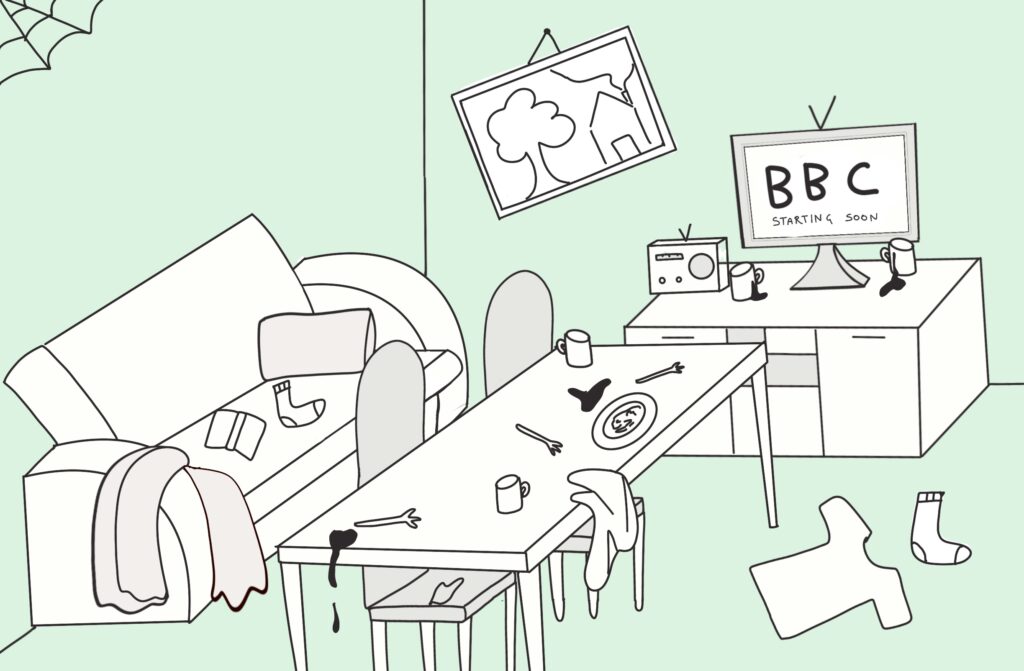Key points recap:
- Ray feels he is using the strategies well and is finding the phased return manageable. He would like to increase his hours, but during the discussion it becomes clear that he is aware that he might not be ready yet. Ray reports finding the timetables and lesson plans for delivering lessons really helpful, and is relieved that he can use them again next term. He also is very grateful to have a teaching assistant in class with him, to allow him to step out of the classroom when required, which he has had to do. He is upset by the need to do this, and is hard on himself, and feels he should be fitter and less tired by now.
- Ray describes finding it hard to manage when the class are all talking at the same time or when lots of pupils are needing his assistance at once, and he can feel like he doesn’t know where to start.
- His daughter shares that she has heard other pupils making fun of her dad and how he takes jokes really literally and how you can make him do silly things because he doesn’t get sarcasm. They’ve also spoken about how they can make him easily lose his temper, which the pupils’ find amusing.
- His daughter also talks about her dad not noticing when she is upset, or has had a bad day, which is very different to pre-stroke, when they used to chat about their day on the drive home from school.










